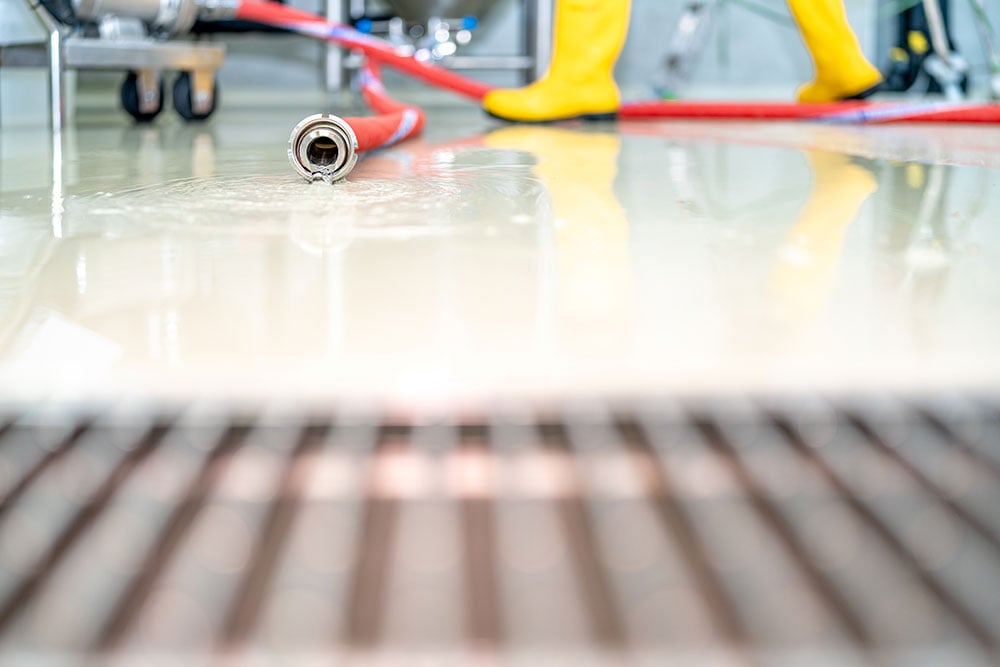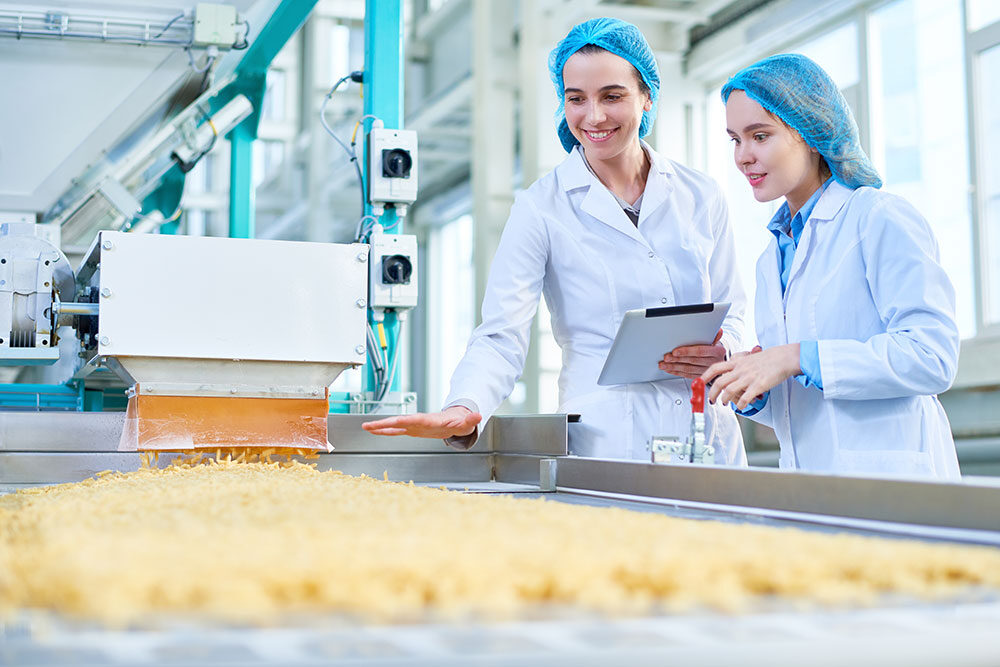Food and beverage processing facilities have a number of differing areas used for a different aspect of production. Each area within the facility is dedicated to a specific part of the production process, from storage to manufacturing to packaging.
Food and beverage processing facilities can vary depending on their products, of course, but much of the setup is similar. Cold storage is another area that food processing facilities have in common, though how it is used can still vary in many ways. No matter what kind of cold storage facility a food or beverage plant has, ensuring it is well maintained is critical to the products and consumers' safety.
WHAT IS COLD STORAGE?
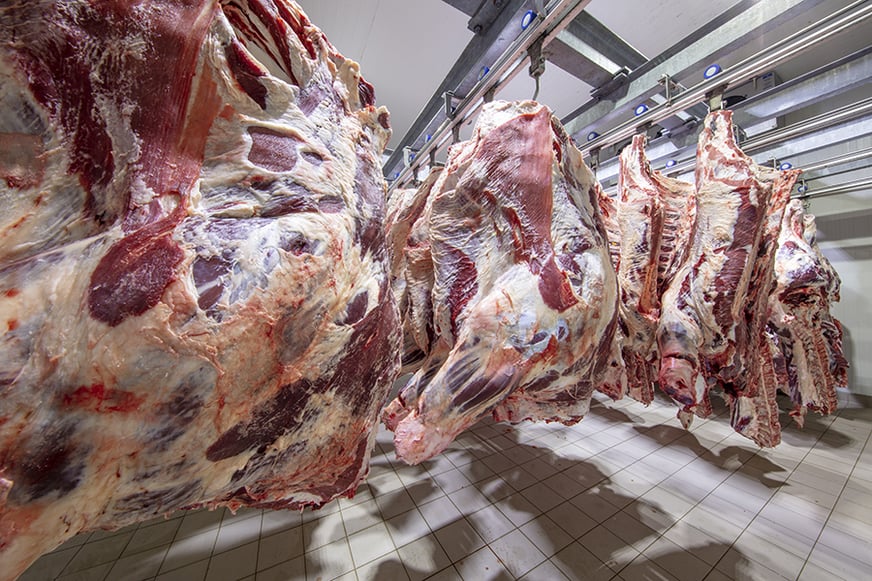
To keep products cold in a food and beverage facility, they go into a cold storage unit. Cold storage units are designed to be airtight, maintaining consistent temperatures with minimal fluctuations in order to keep the products safe. Depending on how much space is needed, units can be a room within the main facility or a separate warehouse.
There are two types of cold storage: refrigeration and freezer units, with each requiring very specific temperature settings to maintain the integrity of the contents.
WHAT GOES INTO COLD STORAGE?
Cold storage is used to store a wide range of food and beverage products. Produce items, dairy products, meat, poultry, seafood, and frozen items are the more commonly recognized items that go into cold storage. Less commonly known are spices, which are sometimes kept in cold storage to maintain freshness. Keeping these products at the right temperature is vital to their quality; otherwise, they will begin to spoil, which can result in mold and bacteria growth and a loss of product.
OUTFITTING COLD STORAGE AREAS
The temperatures in cold storage units mean that the equipment you use requires special consideration. You cannot use the same things you use in the rest of the facility, as everything needs to be designed with colder temperatures in mind. The wrong equipment could become brittle and break from prolonged exposure to the cold, leading to a host of issues, like loss of product and the need for costly repairs. One piece of equipment to pay special attention to is the floor drain–it is critical to choose a reliable system that can withstand extreme temperatures.
WHY YOU NEED A COLD STORAGE DRAIN
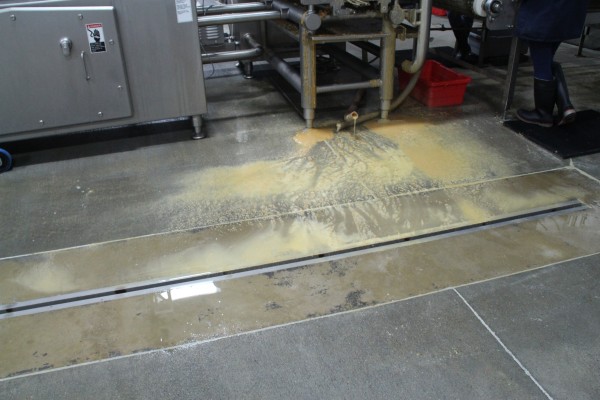
Drainage is necessary for every part of your facility, even inside a cold storage unit. In a cold storage unit, messes can come in many forms: produce dripping water, meat items dripping blood, containers breaking and spilling their contents, and other similar instances. A cold storage drain will help manage liquid messes, keeping them off the surface and preventing bacteria growth and contamination. Having a drain in a cold storage unit also makes cleaning the space easier, as there is somewhere for the water to go when the job is done.
OPTIONS FROM FOODSAFE DRAINS
FoodSafe Drains is a company that specializes in food and beverage drainage options. They have three styles of drains that can handle extreme temperatures and control odors. They are also sanitary, easy to clean, corrosion-resistant, and load-class rated. Drain options include:
FOODSAFE TRENCH DRAINS
The FoodSafe Trench Drain is designed to remove solids from the production area without the fear of clogging the system. It is made from the same T304 or T316 stainless steel as the other FoodSafe drains, ensuring it is durable and hygienic. The wide drain channel makes it easily accessible, while a floor-level grate ensures it is safe for traffic to pass over. The FoodSafe Trench drain features the same tamper-proof locks as the Area Drains, to ensure the safety of all employees. A catch basin and strainer basket can be added to the system to easily collect solids.
10,000 SERIES SLOT DRAIN
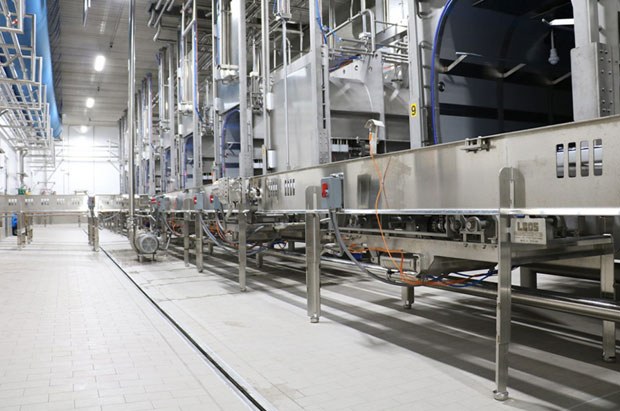
The 10,000 Series Slot Drain is their newest offering and is designed to meet the strict requirements of food and beverage facilities. You have the option of either a T304 or T316 stainless steel construction, making it highly hygienic. Unlike a trench drain, the Slot Drain doesn't require a grate and can be outfitted with a Clean-In-Place system for easier daily cleaning. You can add a catch basin and strainer basket to the system to help catch large solids and prevent them from entering the sewage system.
FOODSAFE AREA DRAINS
As with the Slot Drain, FoodSafe Area Drains come in either T304 or T316 stainless steel and are specially designed to remove odors. They come with a reinforced slot cover to ensure a load-bearing capability and offer both round and square options. The cover also features a tamper-proof lock, and a No-Corner design ensures there is no way for bacteria to become trapped within the body of the drain.
CREATING THE PERFECT DRAIN SOLUTIONS FOR COLD STORAGE
Cold storage is critical to food and beverage facilities, and so is maintaining them. It is vital to create a cold storage space that meets federal guidelines, including installing an appropriate cold storage drain system.
FoodSafe Drains specializes in drainage options for food and beverage facilities and offers efficient, durable, and hygienic systems. Different cold storage areas have different needs, so it is vital to consider each option carefully to make the best choice for your facility. Contact FoodSafe Drains today to see how you can add the best drainage solution to your cold storage facility.

